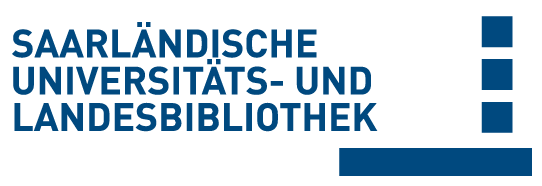Please use this identifier to cite or link to this item:
Volltext verfügbar? / Dokumentlieferung
doi:10.22028/D291-41059 | Title: | Pathogen response-like recruitment and activation of neutrophils by sterile immunogenic dying cells drives neutrophil-mediated residual cell killing |
| Author(s): | Garg, Abhishek D. Vandenberk, Lien Fang, Shentong Fasche, Tekele Van Eygen, Sofie Maes, Jan Van Woensel, Matthias Koks, Carolien Vanthillo, Niels Graf, Norbert de Witte, Peter Van Gool, Stefaan Salven, Petri Agostinis, Patrizia |
| Language: | English |
| Title: | Cell Death and Differentiation |
| Volume: | 24 |
| Issue: | 5 |
| Pages: | 832-843 |
| Publisher/Platform: | Springer Nature |
| Year of Publication: | 2017 |
| Free key words: | Acute inflammation Cell death and immune response Chemokines Signal transduction |
| DDC notations: | 610 Medicine and health |
| Publikation type: | Journal Article |
| Abstract: | Innate immune sensing of dying cells is modulated by several signals. Inflammatory chemokines-guided early recruitment, and pathogen-associated molecular patterns-triggered activation, of major anti-pathogenic innate immune cells like neutrophils distinguishes pathogen-infected stressed/dying cells from sterile dying cells. However, whether certain sterile dying cells stimulate innate immunity by partially mimicking pathogen response-like recruitment/activation of neutrophils remains poorly understood. We reveal that sterile immunogenic dying cancer cells trigger (a cell autonomous) pathogen response-like chemokine (PARC) signature, hallmarked by co-release of CXCL1, CCL2 and CXCL10 (similar to cells infected with bacteria or viruses). This PARC signature recruits preferentially neutrophils as first innate immune responders in vivo (in a cross-species, evolutionarily conserved manner; in mice and zebrafish). Furthermore, key danger signals emanating from these dying cells, that is, surface calreticulin, ATP and nucleic acids stimulate phagocytosis, purinergic receptors and toll-like receptors (TLR) i.e. TLR7/8/9-MyD88 signaling on neutrophil level, respectively. Engagement of purinergic receptors and TLR7/8/9-MyD88 signaling evokes neutrophil activation, which culminates into H2O2 and NO-driven respiratory burst-mediated killing of viable residual cancer cells. Thus sterile immunogenic dying cells perform 'altered-self mimicry' in certain contexts to exploit neutrophils for phagocytic targeting of dead/ dying cancer cells and cytotoxic targeting of residual cancer cells. |
| DOI of the first publication: | 10.1038/cdd.2017.15 |
| URL of the first publication: | https://doi.org/10.1038/cdd.2017.15 |
| Link to this record: | urn:nbn:de:bsz:291--ds-410594 hdl:20.500.11880/36848 http://dx.doi.org/10.22028/D291-41059 |
| ISSN: | 1476-5403 1350-9047 |
| Date of registration: | 13-Nov-2023 |
| Description of the related object: | Supplementary information |
| Related object: | https://static-content.springer.com/esm/art%3A10.1038%2Fcdd.2017.15/MediaObjects/41418_2017_BFcdd201715_MOESM27_ESM.doc |
| Faculty: | M - Medizinische Fakultät |
| Department: | M - Pädiatrie |
| Professorship: | M - Prof. Dr. Norbert Graf |
| Collections: | SciDok - Der Wissenschaftsserver der Universität des Saarlandes |
Files for this record:
There are no files associated with this item.
Items in SciDok are protected by copyright, with all rights reserved, unless otherwise indicated.

